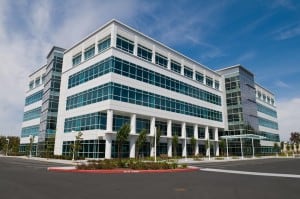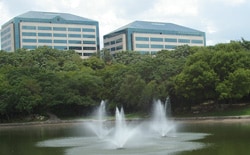Offices for Law Firms
What type of Office is a good solution for Law Firms?
Law firms over the years use traditional offices. However, moving forward these companies are looking at adopting new workspace layouts for offices. Balancing the needs of employees is important at different stages of their careers. Because there is a shift in thinking and a new approach to space for multiple generations requires creative solutions. Law firms today employ law firm grads to experienced attorneys.
New employees from the universities and mid level lawyers have their own special needs. Senior attorneys have their own needs as well.
1. Consider Uniform Offices
Law offices seem to lag behind other corporate office spaces with regard to design planning. Firms traditionally have stayed away from an open office model. Because there is a sense that the private nature of the business warrants individual spaces. Office size can be related to stress. Avoiding jealous partners, most firms choose to have similar office layouts.
2. Using Glass Panels
Building in glass walls or windows can allow more openness into an office layout. A goal for most law firms to have enough office space to attract good talent. Image has become primary and size is taking a seat second to image. Average office areas for experienced attorneys is slightly over 200SF per person. New associates can expect to have closer to 150 square feet. A small firm may elect to use glass panels to open up the old look of traditional office areas. Ambiance does affect emotions and can create a more positive atmosphere.
3. Multipurpose Workspace
Working on designing multipurpose spaces. This accommodates both staff and attorneys at the same time. There is always a trade-off, what are you willing to give up ? Would you still want a built in library? Libraries have been a historical default for most law practices. Are you able to use a digital solution instead? Instead of a library, some firms may opt to utilize a multi-purpose conference room instead. Multi-purpose conference rooms can have multiple digital solutions from conference calling, video feeds and multiple ethernet connections for laptops. Conference rooms should always have very comfortable office furniture as well.
Shire Commercial has helped clients find suitable office solutions since 2004. We also provide recommendations for space planners, although most of the time the landlord’s team has planners they like to use. For your next Law office, contact Shire Commercial!



